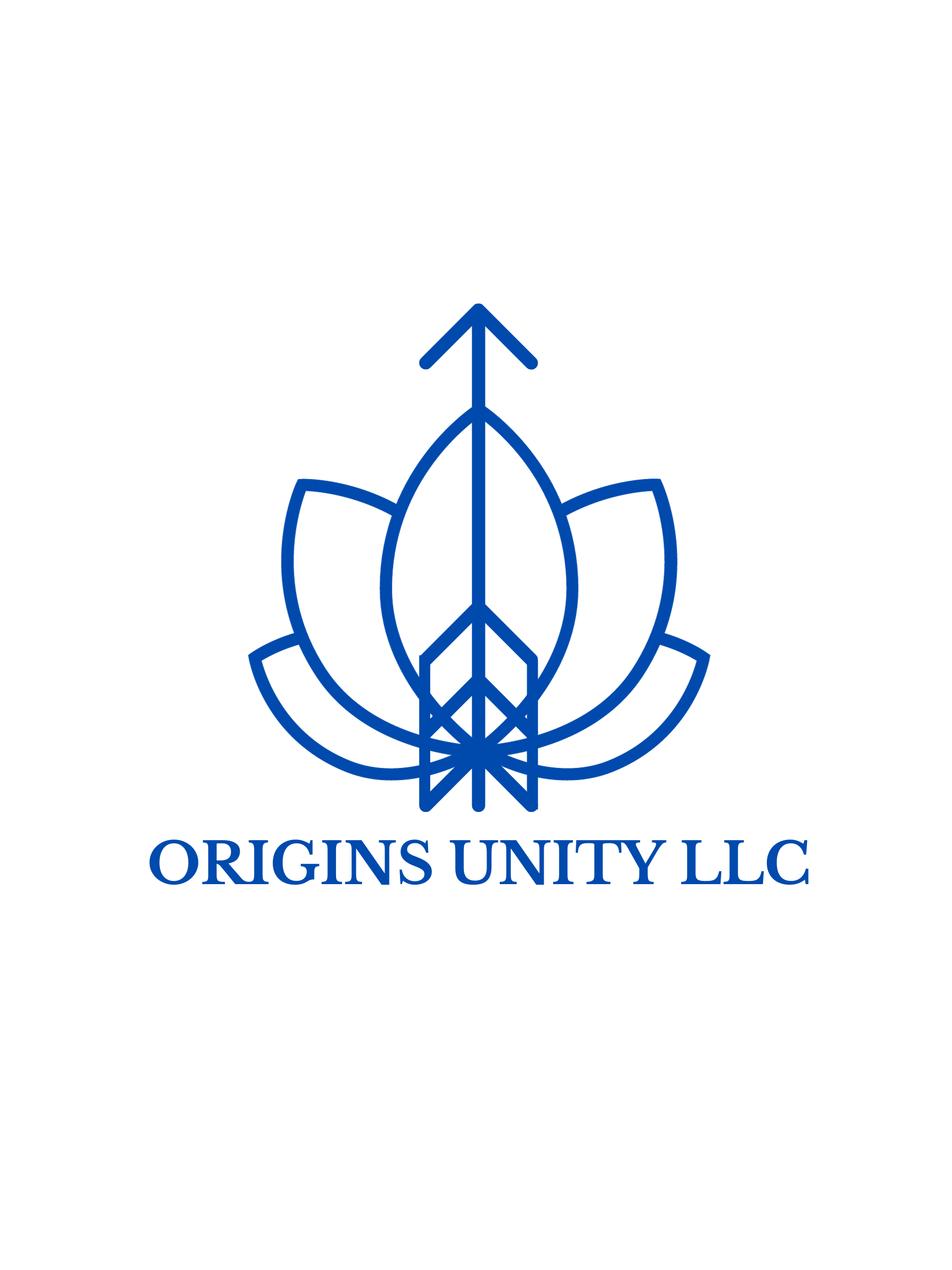
If we want something lasting and sustainable, embarking on a fitness journey goes beyond merely breaking a sweat. The endeavor demands a thorough grasp of the fundamental principles of fitness and a systematic training approach.
Commencing this journey can be overwhelming, especially for beginners or those starting anew. In this introductory guide, I will delve into the importance of various fitness aspects, provide evidence-based advice, and offer recommendations for building a solid fitness foundation for beginners and beyond.
In this article, we explain the 8 essential fitness foundations a beginner’s guide for building physical wellness. If you want your fitness and wellness to be as exact as possible, consider the genetics test we offer for creating your personalized holistic health plan unique to you.
We’ll also explore the key principles of fitness and how the OPT (Optimum Performance Training) model from the National Academy of Sports Medicine (NASM) can guide individuals through various stages of their fitness progression.

Fitness Foundations a Beginner’s Guide to Physical Wellness Key Concepts
1. Cardiovascular Endurance:
Cardiovascular health is the cornerstone of fitness. Activities like running, swimming, dancing and cycling not only boost heart health but also enhance stamina and overall energy levels.
2. Muscular Strength and Endurance:
Strength training is vital for building muscle strength, supporting daily tasks and basic life requirements. Muscular endurance, on the other hand, allows for sustained repetitive contractions over time, improving our functional ability to freely and comfortably move around.
3. Flexibility:
Flexibility is key to joint health and injury prevention. Incorporating stretching exercises, yoga, and Pilates will promote improved mobility and overall body feeling. Our range of motion is of vital importance and should not comprised or over-done.
4. Body Composition:
For total wellbeing, we must balance a healthy diet with cardiovascular exercise, resistance or strength training, and all other necessary key concepts of physical wellness. When we maintain safe body composition, it reduces wear and tear on our joints and skeletal system. It also allows all the internal physiology to properly function while not over-working our body. This, in turn, impacts overall health, performance, and appearance. There is health at every size, but this can vary person to person, so it is important to consider all of the above while also measuring key health markers through bloodwork if in question. Using the measures of BMI or weight alone will not give us an accurate picture of our health.
5. Balance and Stability:
Enhancing coordination and stability through exercises like yoga and balance training not only reduces the risk of falls but also supports functional movements and lowers our likelihood of becoming achy as we age.
“Each year 3 million people are treated in the hospital for fall related injuries.
Over 800,000 patients a year are hospitalized because of a fall injury, most often because of a head injury or hip fracture. The CDC states:
- Each year at least 300,000 older people are hospitalized for hip fractures.
- More than 95% of hip fractures are caused by falling,8 usually by falling sideways.
- Falls are the most common cause of traumatic brain injuries (TBI).
- In 2015, the total medical costs for falls totaled more than $50 billion. Medicare and Medicaid shouldered 75% of these costs.”
Many of us don’t think to train balance for longevity as a preventative measure for fall prevention. We must also remember that when we stop working out our muscles will atrophy and our risk for injury goes up.
In order to maintain our quality of life long-term, we must find a movement routine we can stick to.
6. Rest and Recovery:
Rest and recovery are as important as the workout itself. Adequate sleep, calming techniques like meditation or breathing techniques, and rest days are crucial for preventing overtraining and reducing the risk of injuries. You don’t need to obsess over protein, but rather, sleep and relaxation post training. Breathwork is one of the best ways to achieve fast, deep, and lasting recovery.
7. Nutrition and Hydration:
A well-balanced diet rich with a 7 vital nutrients (water, fiber, minerals, vitamins, fats, proteins, carbs) supports overall health. Staying adequately hydrated is vital for optimal cognitive performance and physical strength while also ensuring we don’t overeat if our energy or mood slumps.
8. Consistency and Progression:
Consistent exercise, combined with gradual progression, ensures sustained progress and prevents plateaus. Tailoring programs to your individual needs are key to continual improvement. It can be helpful to have professional support.

OPT Model: A Systematic Approach Starting a Fitness Routine
Developed by NASM, the OPT model provides a systematic approach to exercise programming, guiding individuals through three progressive phases:
- Stabilization Endurance (Phase 1): This phase emphasizes the development of stability and muscular endurance. You perform 12-20 repetitions per set with slower movement speeds and reduced intensity to promote muscular endurance and ensure correct form and technique. The focus is on reinforcing correct movements, enhancing joint and postural control, and coordination. This phase is suitable for everyone and involves fitness assessments to determine goals and establish baselines for training.
- Strength Endurance (Phase 2): In this phase, the focus shifts to enhancing stabilization endurance while increasing prime mover strength. You perform 8-12 repetitions per set with controlled tempo and moderate intensity to improve overall muscular endurance and joint stabilization. Ensure you have phase 1 before moving on to phase 2.
- Hypertrophy (Phase 3): The hypertrophy phase aims to increase muscle size not for a noticeable visual affect or “bulking” but simply to allow greater strength ability. The purpose is to have enough chemical capacity (muscle contraction is a chain of chemical reactions) to manage increased resistance overtime. You perform 6-12 repetitions per set with moderate to fast movement speeds and high intensity to induce muscle growth and metabolic stress.
- Maximal Strength (Phase 4): This phase focuses on developing maximal strength. You perform 1-5 repetitions per set with slow to moderate movement speeds and high intensity to enhance motor unit recruitment and maximal strength.
- Power (Phase 5): The power phase emphasizes the development of power and rate of force production. You perform 1-10 repetitions per set with fast movement speeds and high intensity to enhance neuromuscular efficiency and power output.
Fitness Program Progression: Gradually Increase Endurance and Resistance Training
Starting out, we follow a natural progression and cyclical pattern:
- Assessment: Conduct an initial assessment to determine the current fitness level, identify imbalances, and set specific goals. Assess at every workout how you feel before and after, evaluate progress periodically and adjust as necessary.
- Stabilization Phase: Start with balance, coordination and stability and progress through movement pattern exercises, all while respecting your current level.
- Strength Phase: We will progress as our stability and neuromuscular control improves. Focus on building muscular strength with increased resistance. Strength has two phases:-Endurance: refers to the ability of muscles to sustain prolonged or repeated contractions over an extended period. The focus is on higher repetitions with lower weight. -Hypertrophy: the process of increasing the size of muscle cells through increasing resistance and moderate repetitions, resulting in muscle growth.
- Power Phase: Advance to the power phase for those seeking enhanced athletic performance or power-related goals. This means higher weight and greater exertion with less or minimal reps. Some people skip this phase and focus on the preliminary ones as it can risk injury and should only be performed once you’re ready, have ample experience, and foundational fitness.

Considerations for Successful Workout Routine:
- Individualization: Tailor fitness programs based on age, fitness level, and goals to ensure optimal results.
- Continuous Assessment: Regularly evaluate progress and adjust the program to meet evolving needs.
- Periodization: Systematically vary intensity and volume for optimal adaptation and sustained performance gains.
Listen to Your Body
“Listening to your body” is a fundamental principle of holistic health and fitness. I urge individuals to attune themselves to various signals and cues for informed decision-making. Our movement must be natural and fluid and not over-bearing.
This involves distinguishing between normal discomfort and potential back or body pain during exercise, understanding the importance of rest and recovery to prevent overtraining, and recognizing the mental well-being impact of physical activity.
Monitoring the body’s adaptation to training helps in adjusting workout intensity and volume, emphasizing gradual progression to avoid burnout and injuries.
Paying attention to hunger and fullness cues contributes to a balanced diet, while staying hydrated is essential for optimal bodily functions.
Additionally, incorporating stretching and mobility exercises based on how your body feels enhances flexibility and reduces stiffness. Overall, actively listening to your body allows for an individual and sustainable approach to fitness, continued personal growth, and promotes long-term health and well-being.

Stay Motivated on Your Personalized Fitness Journey
Commencing our fitness quest is a dynamic and evolving process. Whether it be on our own, with friends and family or at our corporate environment; we must consider all of the above information to stay safe and live well. By understanding the foundations of fitness and incorporating the structured approach of the OPT model, we can create a personalized and effective fitness plan.
Always consult with fitness professionals for tailored guidance, ensuring a holistic and enjoyable path toward optimum performance and well-being.
Remember, fitness is not just a destination; it’s a lifelong commitment of self-improvement and well-being.
Start your journey today and reach out to Origins Unity LLC with any questions!


